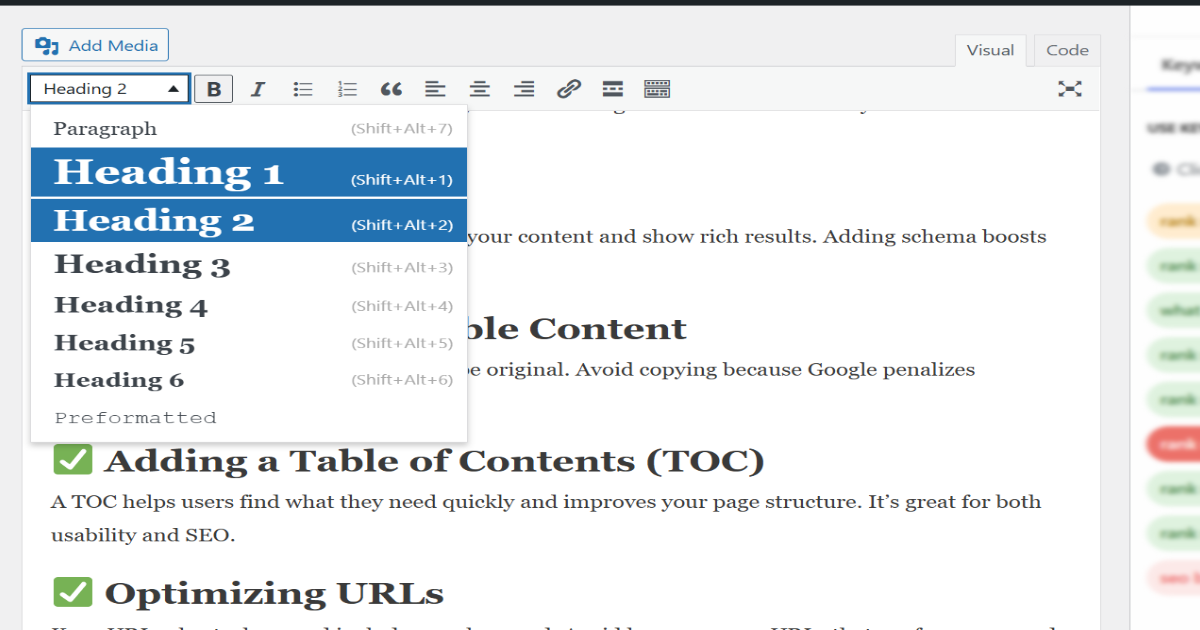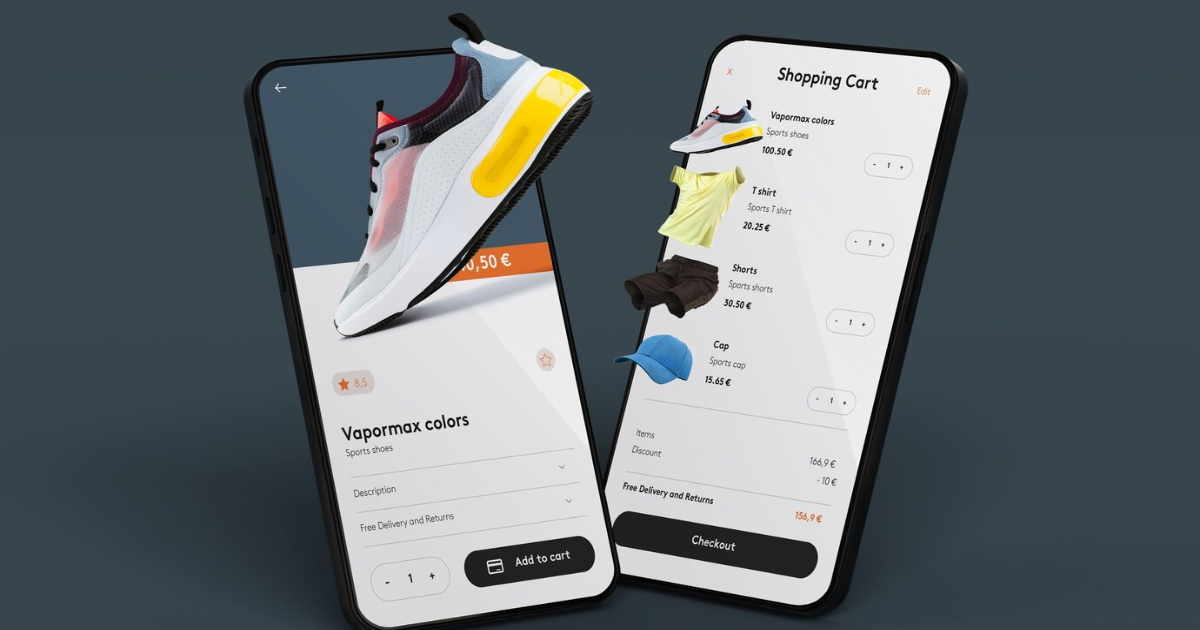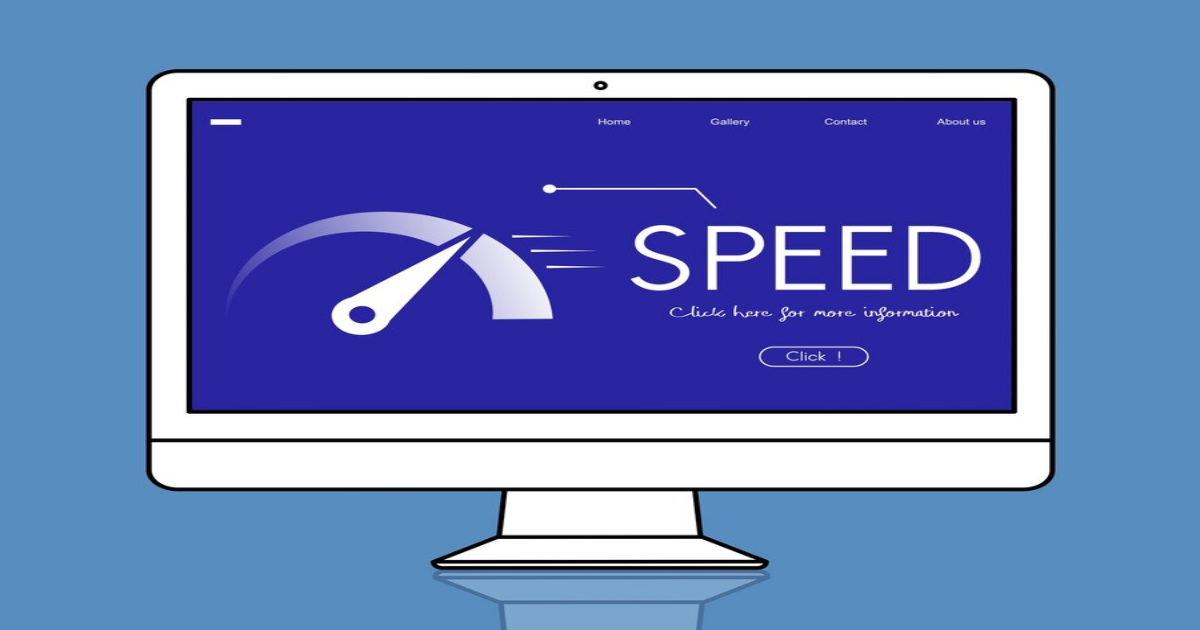Introduction:
On-Page SEO is a key part of making your website visible and attractive to both search engines and users. No matter how great your content is, without proper on-page tactics, your chances of ranking well are low. This guide walks you through practical steps, from title optimization to improving mobile speed, so your site can reach its full potential. Ready to boost your SEO? Let’s dive in!

✅ Optimizing Title Tags and Meta Descriptions
Make sure your title tag includes the main keyword and grabs attention. Keep it under 60 characters. The meta description should be 150-160 characters and encourage users to click. Use action words and clear benefits.
✅ Using H1, H2, H3 Tags in Content
Good structure helps both users and search engines. Use only one H1 per page for the main topic. Use H2 and H3 to break down sections clearly and make your content easier to read.

✅ Effective Internal Linking
Internal links help Google crawl your site and keep visitors engaged longer. Use descriptive anchor text and link only when it makes sense.
✅ Optimizing Images (WebP, Compression)
Use WebP format and compress images to keep your site fast. Always add ALT text to describe images for SEO and accessibility.
✅ Page Speed and Core Web Vitals
Fast-loading sites rank better. Use Google PageSpeed Insights to check your site’s performance. Focus on Core Web Vitals like LCP, FID, and CLS for top results.
✅ Mobile Optimization and Responsiveness
Most users browse on mobile. Make sure your site looks great and works smoothly on all devices. Test your site often to catch any issues.

✅ Schema Markup
Schema helps search engines understand your content and show rich results. Adding schema boosts visibility and can improve your CTR.
✅ Unique and Valuable Content
Your content should offer real value and be original. Avoid copying because Google penalizes duplicate content fast.
✅ Adding a Table of Contents (TOC)
A TOC helps users find what they need quickly and improves your page structure. It’s great for both usability and SEO.
✅ Optimizing URLs
Keep URLs short, clear, and include your keyword. Avoid long or messy URLs that confuse users and search engines.
✅ AMP Implementation
AMP makes your mobile pages load faster. It’s not required for all sites, but in some cases, it helps a lot with speed.

✅ Engaging and Animated CTAs
CTAs should be clear, attractive, and placed in key spots. Simple animations can catch attention and boost conversions.
✅ Live Chat and Strong Support
Live chat helps visitors get quick answers and builds trust. It also improves engagement rates.
✅ Product and Service Videos
Videos keep users on your site longer and explain your offers clearly. Add videos to key pages for better results.
✅ Social Media Links
Add social media links so users can easily connect with your brand. This builds loyalty and increases followers.
Conclusion:
On-Page SEO is essential for site success. By following these tips, you’ll improve both your search rankings and user satisfaction. Keep learning and stay updated with the latest SEO trends.
